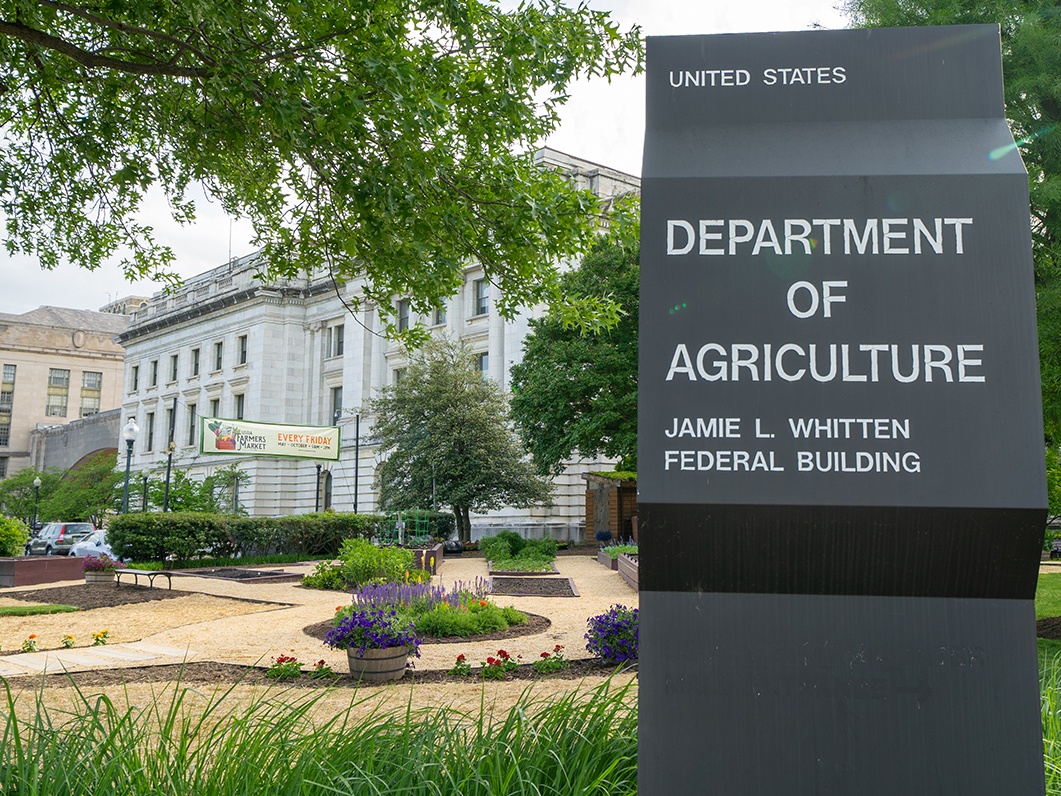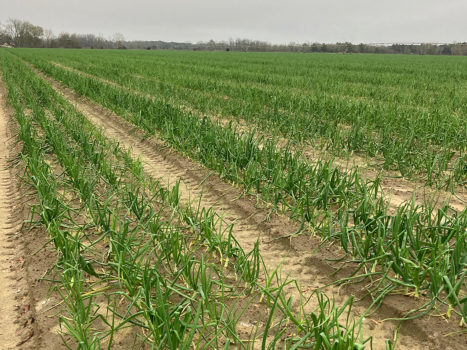Statement by Matt Herrick, Director of Communications, on Latest USDA releases 2021 Farm Income Forecast, December Export Data. In a Feb. 5 statement, USDA Director of Communications Matt Herrick noted a need to “expand existing markets” to counter an expected decrease in 2021’s net income for U.S. farmers.
A separate story published at https://ers.usda.gov/topics/farm-economy/farm-sector-income-finances/farm-sector-income-forecast/ said, “Net farm income, a broad measure of profits, is forecast to decrease $9.8 billion (8.1 percent) from 2020 to $111.4 billion in 2021. This expected decline follows a forecast increase of $38 billion (45.7 percent) in 2020.”
The story continued, “After increasing $27.3 billion (25.0 percent) in 2020, net cash farm income is forecast to decrease $7.9 billion (5.8 percent) to $128.3 billion in 2021. In inflation-adjusted 2021 dollars, net farm income is forecast to decrease $12 billion (9.7 percent) and net cash farm income is forecast to decrease $10.4 billion (7.5 percent). If realized, both income measures would remain above their historical average across 2000-19 even after adjusting for inflation.”
Looking at vegetable, fruit and nut crops, the forecast said, “Vegetable and melon cash receipts are expected to fall $1.2 billion (5.7 percent) in 2021, mostly because of lower prices. Cash receipts for fruits and nuts are expected to fall $3.2 billion (9.6 percent) in 2021, as the effects of lower prices should outweigh a positive quantity effect. A decline in sugar beet receipts is also forecast for 2021, totaling $0.3 billion (17 percent).”
There will also be changes in Direct Government assistance to producers, the forecast document reported.
“Direct Government farm program payments are made by the Federal Government to farmers and ranchers with no intermediaries,” the forecast said, “Typically, most direct payments to farmers and ranchers are administered by USDA under farm bill legislation. Government payment amounts do not include Federal Crop Insurance Corporation indemnity payments (listed as a separate component of farm income) or USDA loans (listed as a liability in the farm sector’s balance sheet). After reaching a record high in 2020, direct Government farm program payments are forecast to decrease 45.3 percent ($21 billion) to $25.3 billion in 2021. This overall decrease reflects lower anticipated payments from supplemental and ad hoc disaster assistance, mainly direct payments for COVID-19-related assistance.”
It said, “Supplemental and ad hoc disaster assistance payments in 2021 are forecast at $15.6 billion, a decrease of $16.5 billion from 2020, mainly because of lower payments from the Coronavirus Food Assistance Program and the Paycheck Protection Program (PPP).
The Coronavirus Food Assistance Program provides relief to producers whose operations have been directly affected by COVID-19. Payments in calendar year 2021 for these USDA programs are forecast at $2.5 billion, compared with $23.7 billion in 2020.”
Additionally, “Payments from the Paycheck Protection Program (PPP), administered by the Small Business Administration, are forecast at $2.8 billion in 2021, compared with $5.9 billion in 2020. The PPP payments are designed to help small businesses keep their workers on the payroll. Although administered as a loan, the loans will be forgiven if the program’s requirements are met. We treat these loans as a direct payment to farmers (assuming all recipients will meet the requirements and therefore have their loan forgiven). The forecast amounts may be revised as more data become available, with any unforgiven amounts ending up as farm debt rather than a direct payment.”
And, “Additional COVID-19-related aid to farmers in 2021 is expected to come from the Consolidated Appropriations Act, 2021 signed into law in December 2020. The total direct payments to farmers and ranchers under this legislation is forecast at $8 billion in 2021 and are recorded under supplemental and ad hoc disaster assistance. This amount may be revised as more information becomes available.
Herrick said, “The farm income forecast and export data released (Feb. 5) reflect a growing need to ramp up our focus on expanding existing markets to create new opportunities for farmers, ranchers and producers at home and abroad. New market opportunities will ensure our producers are not so reliant on government support or the whims of a handful of trading partners. Ultimately, the data released today demonstrates growing export strength and a rebound in cash receipts for farmers, two positive stories owed largely to growing confidence in our economy. We need to build on that confidence moving forward by using the Department’s resources to invest in developing new income sources in local and regional food systems; to open competition and ensure fairer markets for producers of all sizes and backgrounds, including Black, Hispanic, Indigenous and other farmers of color; and to put American farmers in the lead on climate solutions that create new streams of income while leading the world in sustainably produced food.”
He concluded, “All of these elements are necessary to create a more resilient food system and stronger rural economies built to withstand a pandemic or other future disruption.”


